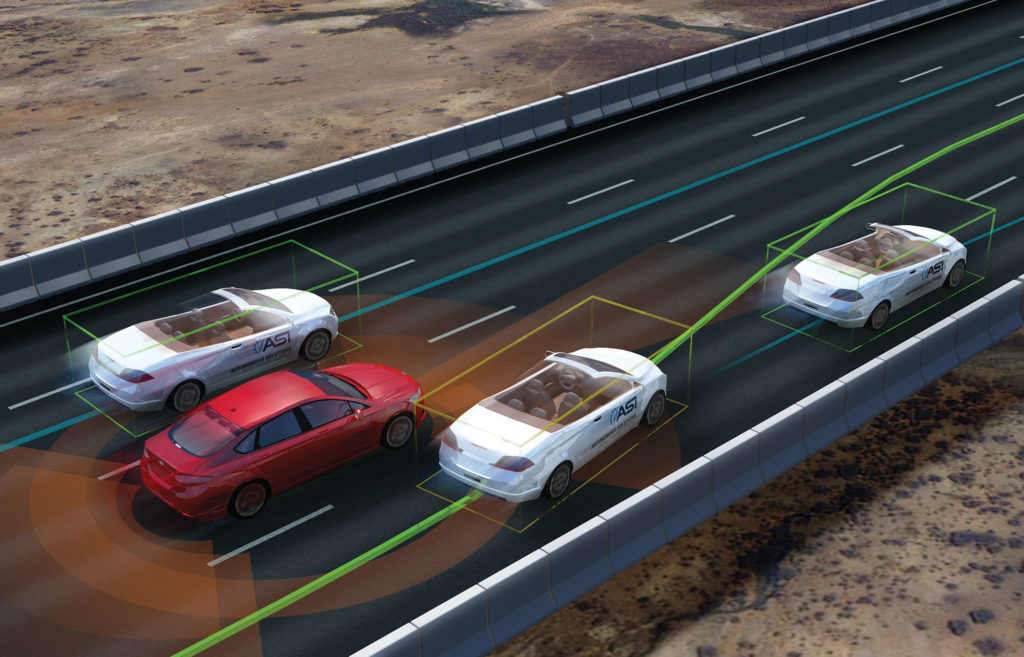Next Level Autonomous Vehicle Testing
Robot-Driven Vehicles Allow Safe Testing of Developmental ADAS Technology
Testing high speed collision anticipation and avoidance is simply too dangerous for human drivers, yet the need for this is now. The solution is robot drivers to be used during the dangerous testing phases, and ASI is leading the way.

Host Vehicle
Target Vehicles
Proving Ground Management Solution
Test Your Vehicles, Not Your Drivers
The principle reason why so many proving grounds like General Motors, Ford, Chrysler, Toyota, and Hyundai) have chosen to work with ASI is safety-based.
Drivers frequently get injured, and safety protocols on proving grounds limit the amount of time drivers can spend on tracks. But when you put a robot in the vehicle that can drive 24/7, you increase safety, productivity, and repeatability all while cutting your test times in half.




Cut Your Test Times In Half
When tested in proving grounds, ASI robotic kits have been able to complete a series of tests in about half the time that it would take a human driver to complete those same tests. With robotic drivers, there is no need for regulated brakes or switching drivers out.

Manager of Vehicle Development Operations
Ford Motor Company
Robotic Durability & Misuse Testing
Leverage Robotic Hardware and Software for Durability and Misuse Test Events.


Automated Safety Rider for Autonomous Vehicles
Integration
Seamlessly integrating into OEM driverless system.
Controlled Handoff
Safety

How It Works

Sensors
Control Unit
Actuators

Advanced Path Planning

01
Path Builder

02
Event Planning

03
Vehicle Tasking
Robotic Automation Benefits
Variability Between Human Drivers Vs. Asi's High Precision Robotic Kit
Value


Accuracy
Repeatability
Productivity
Safety & Stamina
Global Customers & Partners

